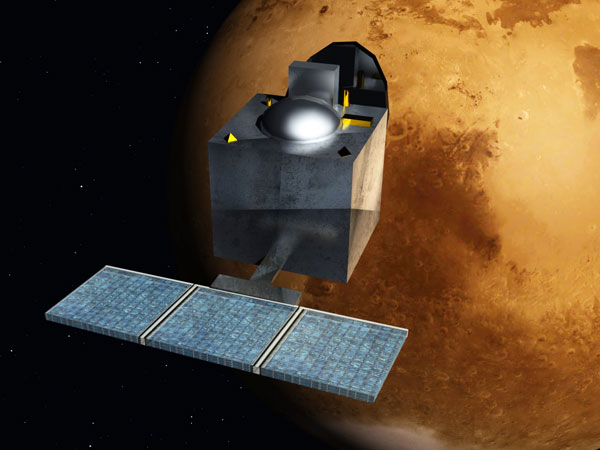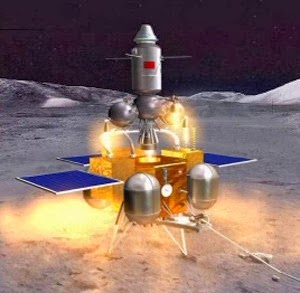Category: Robots
NASA’s MAVEN ORBITER
MAVEN, short for Mars Atmosphere and Volatile Evolution, is a Martian climate change probe capable of making unprecedented observations of the planet’s atmosphere. Launched on November 18th 2013, the orbiter will be inserted into areocentric elliptic orbit of Mars on September 22nd 2014. As part of the Mars Scout Program, the $671 Million MAVEN spacecraft will study Mars’ upper atmosphere to explore how the planet may have lost its atmosphere and water over time. Nine instruments will make up the probe, which was built in collaboration with UC Berkley, University of Colorado Boulder, and Goddard Space Flight Center. MAVEN’s instruments will measure characteristics of Mars’ atmospheric gases, atmosphere, ionosphere, and their relationship with solar winds. MAVEN will perform measurements while in orbit over a period of one Earth year, with five low altitude passes to sample the upper atmosphere. Link
https://www.youtube.com/watch?v=n7Pyj8A5vn4
MARS ORBITER MISSION (MOM)
India’s first orbiter to Mars, Mangalyaan, is closing in on its final destination through a 300 day mission traveling at 28 km/s. Launched in November of 2013, the 1337 kg spacecraft is carrying five instruments that will study a range of things including early signs of life on the red planet and its atmosphere. This particular mission is a demonstration mission to test the technologies required for design, planning, and operation of future Space missions. The orbiter is equipped with a Photometer, Composition Analyzer, Color Camera, Methane Sensor, and a Thermal Infrared camera. All the information procured from these instruments will be down-linked to Earth through Antennas during regular communication sessions. Hopes are to explore Mars’ surface, morphology, and mineralogy as well as to exercise the capabilities of deep space communication, navigation, and management. If all goes well, the Mangalyaan Orbiter will arrive into Mars’ orbit on September 24th of this year, 2 days after NASA’s Maven Orbiter; which will be the next topic of this series. Link
The Korean Institute of Ocean Science and Technology (KIOST) along with five universities have developed a car size six-legged robot that walks on the ocean floor. The robot is called the Crabster CR200, which borrows its design from crabs and lobsters. The robot was submerged earlier this month to scour the ocean for scientific exploration, commercial surveying, and treasure hunting. Testing has been performed at a max depth of 656 feet on the Crabster, which has ten cameras, a sonar scanner, locating transponder, Doppler, and an acoustic camera. Of its six legs, the two front ones have extendable grippers for maneuverability and reach. Engineers can control CR200 from a remote control station, which allows the robot to remain on the sea floor for multiple days yet keeps its operators dry and safe. in the future, once the Crabster is tweaked and fully tested, will be sent to investigate sunken ships. Link
credit: http://www.chrisbrogan.com/100-blog-topics-i-hope-you-write/




